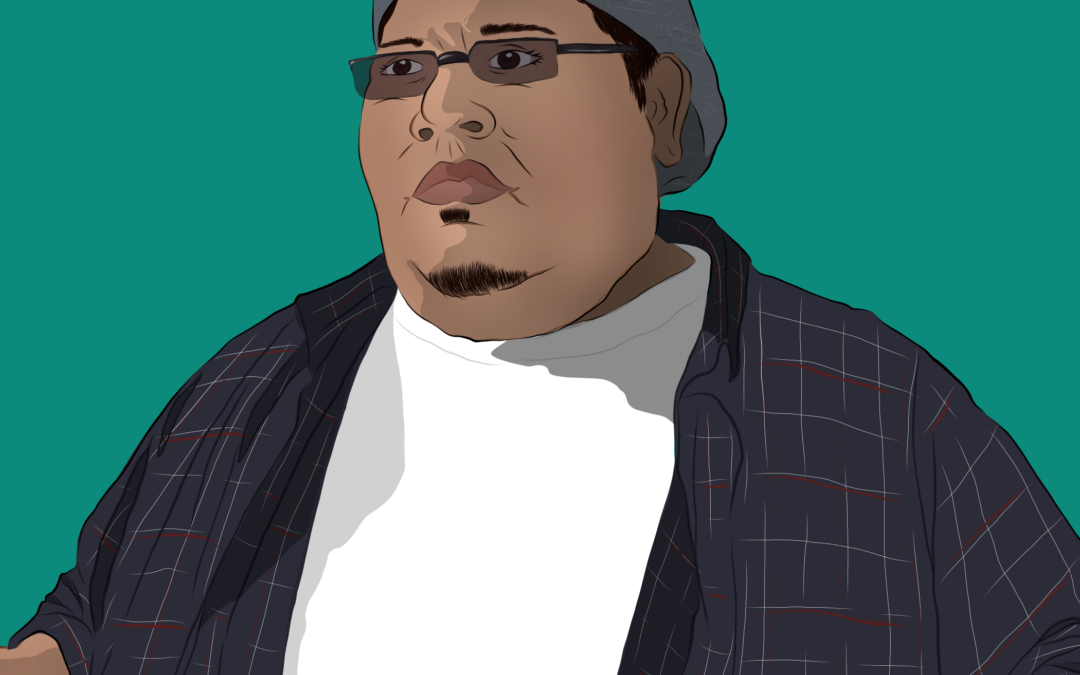Written by Edwin Argueta
There’s no doubt most of us are feeling tired, angry, helpless and dangerously fearful right now. The culprit is delivering on his campaign promises of retribution and vengeance, which are being executed through government institutions that are supposed to meet the needs of all citizens, not just a handful of billionaires. The whole idea of a thriving Democracy is yet again being tested not just by POTUS but also by ideologues, racists and white supremacists who openly or subtly embrace a colonial-fascist style of governance.
We can argue how we got here, where we failed as a society, which political party is at fault, why average citizens didn’t do enough to stop this, etc. But the history of social movements shows that the answers to those challenges have come from the people most impacted. It starts with a seemingly simple but powerful reflection: What am I going to do to meet this moment in our history, and why?
Social Movements in Latin America
Social movements in Latin America have been shaped by a history of colonialism, inequality, and resistance. Throughout the 20th and 21st centuries, these movements have sought to address various issues, including land rights, labor conditions, political representation, and indigenous sovereignty. The agrarian movements of the mid-20th century, particularly in Mexico and Brazil, fought for land reform to address the inequality created by large landowners controlling vast estates. In the 1970s and 1980s, movements against military dictatorships emerged in countries like Argentina, Chile, El Salvador, Guatemala, Nicaragua and Brazil. Activists, often led by women, such as the Mothers of the Plaza de Mayo in Argentina sought justice for victims of state violence and the return of democracy. Indigenous movements, like the Zapatista uprising in Mexico in 1994, highlighted the systemic exclusion and exploitation of native populations. These movements emphasized autonomy, cultural preservation, and resistance to neoliberal policies. Feminist movements in Latin America have also gained momentum, addressing issues such as gender violence, reproductive rights, and political inclusion. In recent years, protests like Argentina’s Ni Una Menos campaign against femicide have sparked global solidarity and legislative changes.
Anti-Apartheid Movement
The anti-apartheid movement in South Africa was a decades-long struggle against the institutionalized racial segregation and oppression enforced by the apartheid regime from 1948 to 1994. This system categorized South Africans by race, restricting non-white citizens’ access to land, education, and political participation.
The African National Congress, founded in 1912, became a central force in opposing apartheid, with leaders like Nelson Mandela advocating for equality. The ANC initially pursued nonviolent resistance, including protests and boycotts. However, after the Sharpeville Massacre in 1960, where police killed 69 unarmed protesters, the ANC adopted armed resistance. International solidarity played a critical role in dismantling apartheid. Boycotts, divestment campaigns, and sanctions from countries and organizations pressured the South African government. In 1990, Nelson Mandela was released from prison, and in 1994, South Africa held its first democratic elections, electing Mandela as president.
Civil Rights Movement in the United States
The Civil Rights Movement in the United States was a pivotal struggle for African Americans to achieve legal and social equality. Rooted in the abolitionist and Reconstruction movements, it addressed systemic racism, segregation, and disenfranchisement. Key events included the 1954 Supreme Court decision Brown v. Board of Education, which declared segregation in public schools unconstitutional, and the 1955 Montgomery Bus Boycott, sparked by Rosa Parks’ refusal to give up her seat to a white passenger. Martin Luther King Jr. emerged as a central leader, advocating for nonviolent resistance, exemplified by the 1963 March on Washington, where he delivered his iconic “I Have a Dream” speech. The movement achieved significant legislative victories, such as the Civil Rights Act of 1964 and the Voting Rights Act of 1965, which outlawed racial discrimination and ensured voting rights.
Women’s Right to Vote
The fight for women’s suffrage spanned the 19th and early 20th centuries, with roots in broader movements for gender equality and abolitionism. The movement faced opposition rooted in traditional gender roles and fears of societal upheaval. In the United States, figures like Susan B. Anthony and Elizabeth Cady Stanton led campaigns for suffrage, culminating in the ratification of the 19th Amendment in 1920. Globally, the timeline of women’s suffrage varied, with countries like New Zealand enfranchising women in 1893 and others, such as Saudi Arabia, granting voting rights as recently as 2015. The movement underscored the broader fight for women’s rights, advocating for political inclusion as a foundation for gender equality.
There are many other social movements that have made a difference in people’s lives throughout history. People have faced similar existential threats, and what’s clear is that once they organized, strategized and acted, they prevailed. Fear is a very powerful human emotion frequently manipulated to advance evil. Nevertheless, love has always been greater in our human existence. I trust my family, my neighbors and my community not only to react strongly, but with love and compassion.

Recent Comments